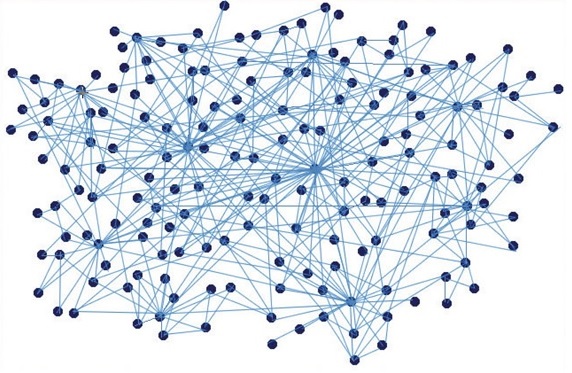Ver primera, segunda parte y tercera parte.

Hoy traigo un artículo sobre algo muy especial para mí.
En la entrada anterior hablamos sobre la explotación de la información con Kibana y su utilidad en ver de un vistazo posible anomalías. Después de mucho trabajar con Kibana, dedicándole muchas horas a crear visualizaciones y dashboards, había una visualización que echaba de menos: ¡los grafos!
En ese sentido, hace tiempo que leí la frase “Los defensores piensan en listas. Los atacantes en grafos“.
Aunque puede levantar mucha controversia, de ser eso cierto nos dejaría a los defensores en una clara desventaja. En un mundo en el que cada vez las amenazas son más complejas, ser capaces de “unir los puntos” marca la diferencia entre encontrar nuestra amenaza o no.
De esta idea y de un aumento de mi tiempo libre por el confinamiento, surgió Grafiki. Vamos a verlo.
[Read more…]